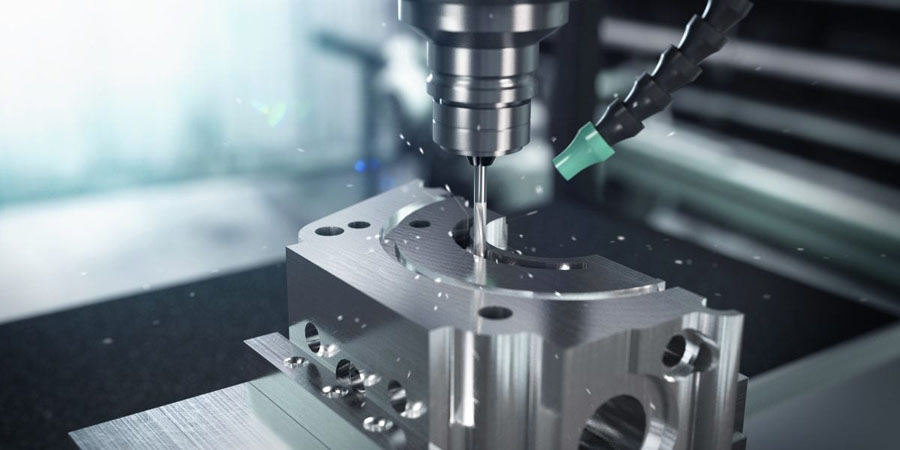Transitioning from rapid prototyping to full-scale production is a critical phase in product development. This shift requires careful planning, thorough testing, and a strategic approach to ensure that the final product is manufactured efficiently, cost-effectively, and meets all quality standards.
This article mainly introduces the importance of prototypes in production, key steps and considerations to successfully move your project from prototype to production.
Importance Of Prototypes In Production
A unique feature of the prototype is its inherent flexibility. With the ability to quickly modify designs or features based on user comments or market trends, enterprises can maintain agility in a constantly evolving environment. This variability ultimately leads to more advanced products being able to address customer pain points and stand out among competitors.
Prototyping is important because it can check the suitability and sportiness of the prototype, and save valuable time and money. Once this process is completed, we can quickly and easily produce the initial prototype for you to test before mass production.
Prototype design provides customers and end-users with greater engagement, ownership, and a better understanding of the final solution
Ensure that we can accurately price development costs, meet schedule requirements, and have the correct internal skills to complete the project.
Considerations From Prototype To Production
1. Validate Your Prototype
Before moving into production, ensure that your prototype has been rigorously tested and validated. This includes:
Functional Testing: Ensure the prototype meets all functional requirements and performs reliably under expected conditions.
User Testing: Gather feedback from end-users to refine the design and functionality.
Stress Testing: Test the prototype under extreme conditions to identify potential weaknesses and areas for improvement.
2. Refine the Design
Based on the feedback and testing results, make necessary adjustments to the design. This step is crucial for optimizing the product for mass production:
Simplify Components: Aim to reduce the number of parts and simplify assembly processes to minimize manufacturing costs and time.
Material Selection: Choose materials that balance performance, cost, and manufacturability.
Tolerance Optimization: Ensure that all parts are designed with appropriate tolerances to maintain quality while allowing for efficient production.

3. Develop a Production Plan
A well-thought-out production plan is essential for a smooth transition. This includes:
Capacity Planning: Assess the production capacity required to meet demand and plan for scalability.
Supply Chain Management: Establish reliable suppliers for raw materials and components, and ensure they can meet your production schedules.
Production Workflow: Design an efficient production workflow, including assembly lines, quality control checkpoints, and packaging processes.
4. Create Detailed Documentation
Comprehensive documentation is critical for consistent production quality. This includes:
Technical Drawings: Detailed CAD drawings and specifications for each component.
Assembly Instructions: Clear, step-by-step instructions for assembling the product.
Quality Standards: Defined quality control procedures and acceptance criteria.
5. Conduct a Pilot Run
A pilot run involves producing a small batch of products to identify any issues in the production process:
Process Verification: Ensure that all manufacturing processes are functioning correctly and efficiently.
Quality Control: Check the first batch for consistency and adherence to quality standards.
Feedback Loop: Use insights from the pilot run to make final adjustments before full-scale production.
6. Scale Up Production
Once the pilot run is successful, gradually scale up to full production:
Monitor and Adjust: Continuously monitor production processes and make adjustments as needed to maintain efficiency and quality.
Automation: Consider implementing automation technologies to improve production speed and consistency.
Employee Training: Train production staff on new processes and equipment to ensure smooth operations.
7. Implement Quality Control Measures
Consistent quality is paramount for production success:
In-line Inspections: Perform regular inspections during production to catch defects early.
Final Inspections: Conduct thorough inspections of finished products before packaging and shipping.
Continuous Improvement: Establish a system for continuous feedback and improvement to address any quality issues that arise.
8. Plan for Post-Production Support
Post-production support is essential for maintaining customer satisfaction:
Spare Parts: Ensure availability of spare parts for maintenance and repairs.
Customer Service: Provide robust customer service to address any issues or concerns from end-users.
Warranty Management: Implement a clear warranty policy and manage claims efficiently.
Conclusion
Transitioning from rapid prototyping to production is a complex but rewarding process. By validating your prototype, refining the design, developing a detailed production plan, conducting a pilot run, and implementing stringent quality control measures, you can ensure a smooth and successful move to full-scale production. This meticulous approach not only helps in delivering a high-quality product but also positions your project for long-term success in the market.



